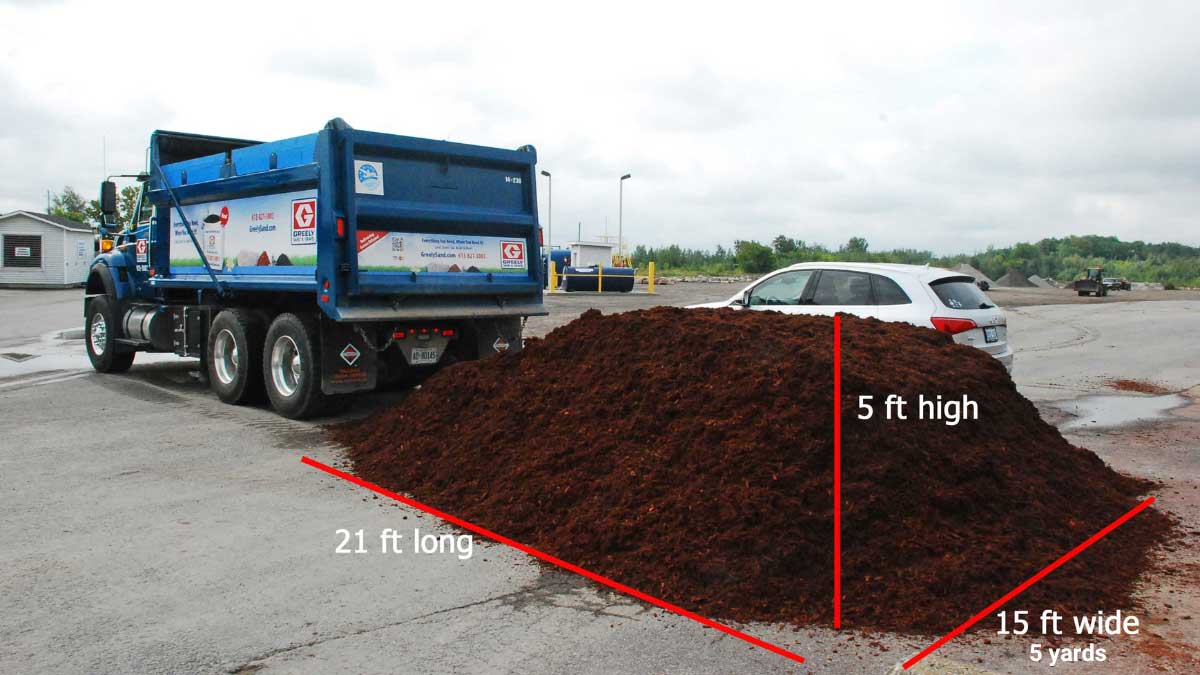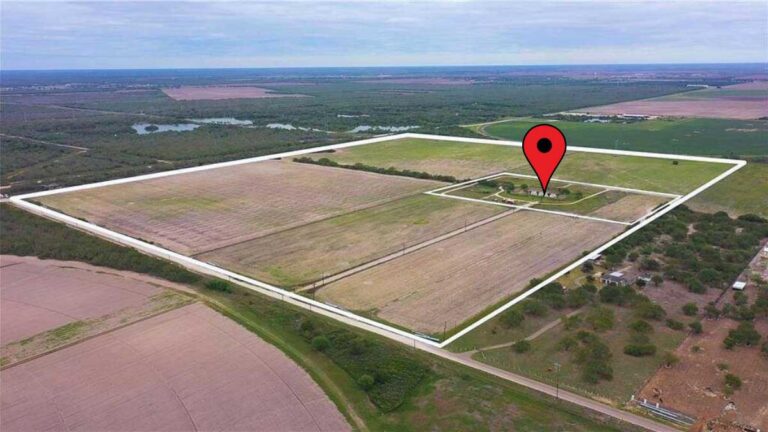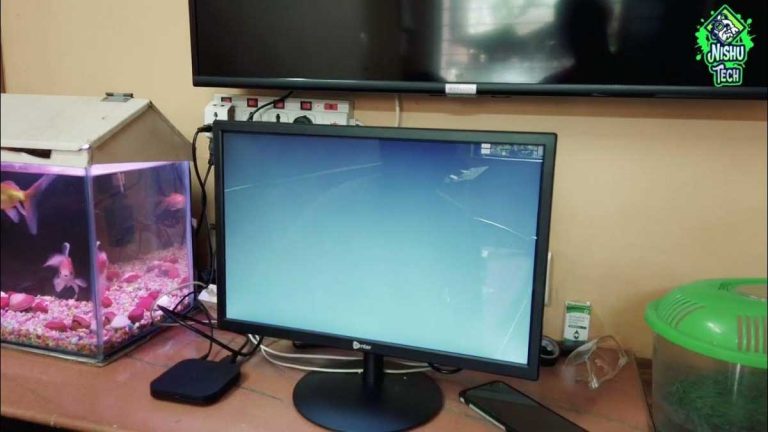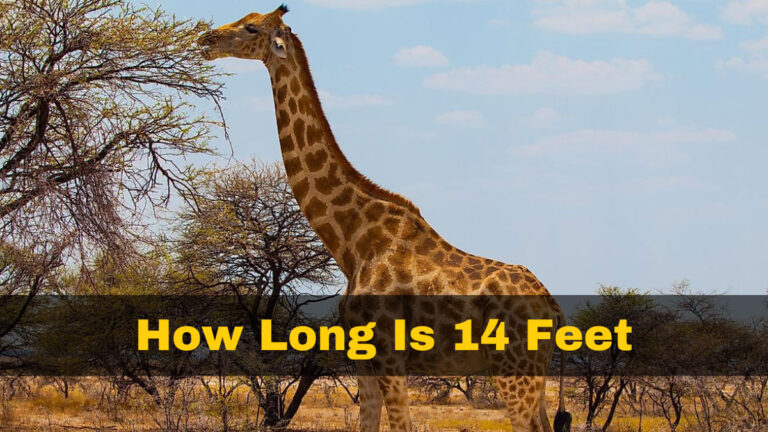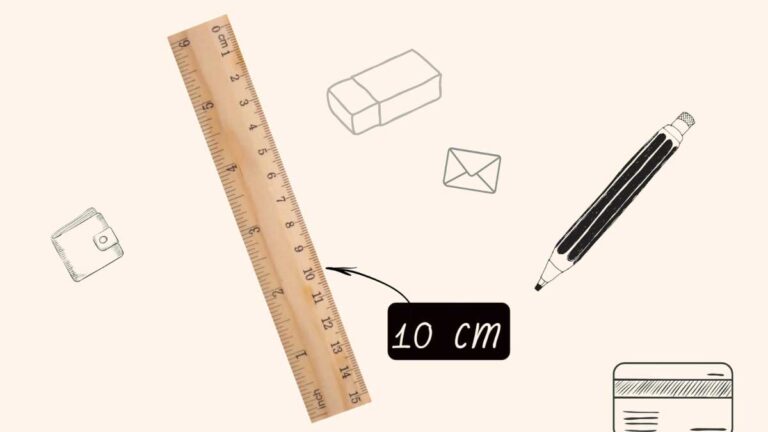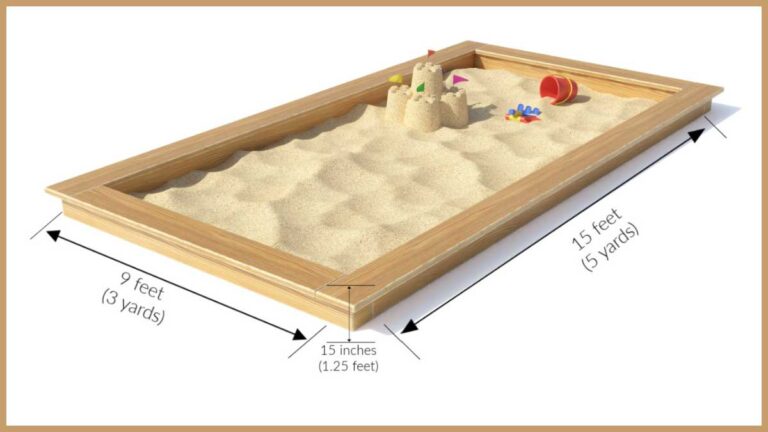How Long Is 5 Yards: Detailed Conversions and Uses
When you’re confronted with measurements like yards, it’s easy to wonder just how far they really stretch. If you’re asking, “How long is 5 yards?” you’re not alone. Understanding this measurement is crucial, whether you’re planning a backyard project or simply trying to visualize distances more accurately.
A yard is a standard unit of length in the imperial system, often used in the US for measuring various things, from fabric to sports fields. Knowing how long 5 yards is can help you make informed decisions, ensuring you get the right amount of materials or space for your needs.
By breaking down this seemingly simple measurement, you’ll gain clarity and confidence in your planning. So, let’s dive into the details and explore what 5 yards really means in practical terms.
Key Takeaways
- Understanding the conversion of 5 yards into other units is crucial: it equals 15 feet, 180 inches, and approximately 4.572 meters.
- The yard, as a unit of measurement, is widely used in sports, construction, and various practical scenarios to ensure accuracy and uniformity.
- Visualizing 5 yards can be facilitated by comparing it to familiar objects, such as being 1/20th of a football field or about 1/3 the length of a city bus.
- Accurate conversions of yards to other units enhance planning and decision-making for projects like landscaping, fabric measuring, and sports event setup.
- Conversion clarity aids everyday tasks and helps in maintaining precision and efficiency in measurement-related activities.
Understanding Yards
A yard is a unit of length measurement used in both the US customary and imperial systems. It’s equal to 3 feet or 36 inches. When converted to the metric system, a yard is exactly 0.9144 meters. This unit sees frequent use in sports such as football (soccer) and athletics, where field lengths often require accurate yard measurements.
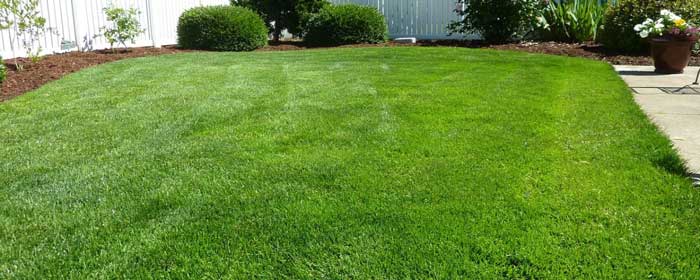
Key Conversions
Understanding how to convert yards into other units enhances measurement comprehension. Here are the conversions for 5 yards:
- Feet: Since one yard equals 3 feet, 5 yards is 15 feet.
- Inches: With one yard being 36 inches, 5 yards measures 180 inches.
- Meters: A yard equals 0.9144 meters; thus, 5 yards translate to approximately 4.572 meters.
These conversions provide a clear picture of the real-world distances represented by 5 yards, making it easier to visualize the length in different measurement systems.
Practical Applications
Yards are often used in sports and certain construction projects. For instance, a football field measures 100 yards from goal line to goal line. Considering 5 yards equal 15 feet can help when estimating distances for tasks like yard landscaping or laying out fencing. This measurement versatility proves beneficial across different scenarios, ensuring clear and precise calculations.
Conversion of Yards to Other Units
Converting yards to other units helps you understand measurements better, whether you’re dealing with home projects or learning materials. Here’s how 5 yards translate into different units of measurement.
Yards to Feet
One yard is the same as 3 feet. So, converting yards to feet is really easy! You just multiply the number of yards by 3.
For example, if you have 5 yards , you would do this math:
Feet = Yards×3 = 5×3 =15 feet
That means 5 yards = 15 feet .
This kind of math is useful in many situations, like when you’re setting up a soccer field, building something, or even planting a garden! If you know that 5 yards equals 15 feet, you can easily figure out how long or wide something is.
Yards to Inches
Did you know that each yard is the same as 36 inches ? So, if you want to convert yards to inches, all you have to do is multiply the number of yards by 36 .
For example, if you have 5 yards , you would do this math:
Inches = Yards×36 = 5×36 =180 inches
That means 5 yards = 180 inches .
This is really helpful when you need to measure something precisely, like when cutting fabric or planning a construction project. Being able to convert yards into inches makes sure you have exactly the right amount!
Practical Examples of 5 Yards
Understanding the length of 5 yards becomes easier with practical comparisons. By visualizing familiar objects or situations, you can grasp the concept more effectively.
Everyday Objects
- Football Field: A standard American football field stretches 100 yards. In this context, 5 yards is 1/20th of the field length, illustrating a smaller segment of a large area often used in sports.
- City Bus: Typical city buses measure around 40 feet from end to end. With this reference, 5 yards, which equals 15 feet, is about 1/3 the length of a bus, providing a relatable visual cue.
- Sports: In the realm of sports, particularly American football, 5 yards frequently appears as a unit of measure for penalties like holding. This consistent use within the game underscores the critical need for precision in sports measurement.
- Track and Field: Consider the 50-yard dash, a short-distance track event. Here, 5 yards represents 1/10th of the course, offering a clearer sense of proportion for sprinters or spectators observing a race distance.
These examples link the abstract concept of measurement to tangible scenarios, offering clarity and reinforcing the significance of understanding measurements in everyday life and specific domains.
Yard Conversion Tables
To comprehend how long 5 yards might be, these conversion tables provide detailed unit comparisons using the US customary system. Converting yards to other units enhances your understanding and aids in accurate measurements for various projects. Here’s how 5 yards translates in different units:
| Unit | Conversion Factor | 5 Yards |
|---|---|---|
| Feet | 1 yard = 3 feet | 15 feet |
| Inches | 1 yard = 36 inches | 180 inches |
| Miles | 1 mile = 1,760 yards | ~0.00284 miles |
- Feet: Multiply the number of yards by 3. Thus, 5 yards is 15 feet.
- Inches: Convert by multiplying yards by 36. Hence, 5 yards equals 180 inches.
- Miles: Divide yards by 1,760. Consequently, 5 yards measures approximately 0.00284 miles.
Understanding these conversions enables precise material measurement and opportunities for creative applications across various domains, whether it’s planning a sports event or a home improvement project.
Conclusion
Grasping the concept of 5 yards enhances your ability to tackle various tasks with precision. Whether you’re involved in sports, home improvement, or educational activities, understanding this measurement and its conversions is essential. Visualizing 5 yards through relatable examples helps solidify its relevance in everyday life. With the provided conversion tables and practical insights, you’re equipped to make informed decisions and execute projects with confidence.

